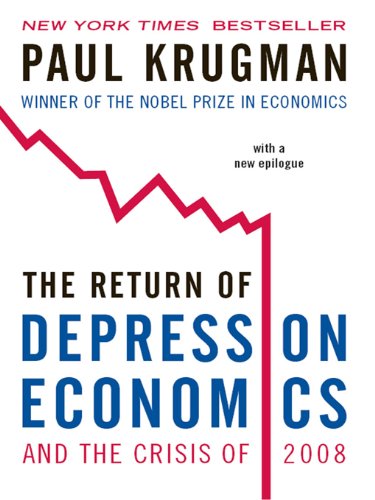Bibliodiversity: A Manifesto for Independent Publishing, Susan Hawthorne, Fernwood Publishing with Spinifex, 2015, pp. 87, $10.95, ISBN 978-1-55266-747-7
A recent study on book publishing diversity done by the Association of Canadian Publishers (ACP), the body that represents 115 Canadian-owned and controlled publishers, revealed striking imbalances in geographical, racial, and gender representation in the industry. For example, 65.3% of respondents came from Ontario, while there were none from the Territories, a testament to the fact that Ontario accounts for the majority of publishing activity in Canada, raking in two-thirds of the total operating revenue of the industry. 79.93% of respondents reported no disability and most striking of all, 82% identified as white. The racial category is particularly revealing in that less than 1% identified as indigenous, 3% identified as black, 1% as Hispanic, and 8% as Asian. Moreover, 74% identified as female, while 18% identified as male, with less than 1% identifying as transgender, intersex and two-spirit. 72% declared their sexual orientation as heterosexual, while 5% were gay and 3% were lesbian. Then, 78% of the heads of publishing companies were white. These heads of publishing companies were asked if they had any plans in place to implement new initiatives to encourage diversity within their companies. Almost 50% reported no such plans.
With the July 2013 merger between Penguin Books and Random House, five large conglomerates came to dominate the book publishing industry: Macmillan, Hachette, HarperCollins, Penguin Books and Simon & Schuster. These companies account for almost 80% of the trade book publishing in the US. In Canada alone, Penguin Books controls 32% of the market. In an interview with The Globe and Mail, Penguin’s CEO Brad Martin stated: “I’m not interested in a book that is going to generate less than $100,000 in revenue unless the editor or publisher has a compelling vision for the book and/or the author.” With the control of a third of the book publishing market share in Canada, the CEO of Penguin clearly stated that only books whose commercial value ensures massive profits would be published. This conformity to the market will necessarily churn out books that cater to immediate interests and peculiarities, but likewise, fade away into oblivion soon thereafter. Would Tolstoy be published in the 21st century?
Susan Hawthorne is an author and an independent publisher, who together with Renate Klein co-founded the independent feminist publisher Spinifex Press in Australia. Her book Bibliodiversity tackles the issues associated with intense commodification of book publishing and the increasing lack of diversity in voices and impact of books that come into our hands. She examines the role of independent book publishers who do not “pump-out new titles in a factory-style process” in the market-driven economy that seeks to stifle their activities.
Bibliodiversity is a term Hawthorne borrows from Editores Independientes de Chile, a collective who coined it in the 1990s to encourage diversity of publications within a given locale and prevent the loss of editorial independence. Hawthorne likens bibliodiversity to biodiversity. “Just as biodiversity is an indicator of the health of an ecosystem, the health of an eco-social system can be found in its multiversity, and the health of the publishing industry in its bibliodiversity.” It is an apt metaphor, as biodiversity ensures that no single species dominates the environment at the expense of another. Biodiversity’s networked systems that sustain and support the community ensure that the health of the community is as strong as all its species are. Just as biodiversity, bibliodiversity is a complex system that sustains different styles and voices in orature, writing and publishing and through its diversity prevents the reproduction of various kinds of violence, such as racism, misogyny and ableism. What monoculture is to biodiversity, the existence of large and ever-expanding publishing conglomerates is to bibliodiversity. One dominates to the exclusion of others and ensures ‘monocultures of the mind’ with single voices saying the same thing until the profits run dry, only to be replaced with a different self-perpetuating paradigm.
For Hawthorne, it is essential to seek to replace these epistemological monocultures with cultural multiversity. This is the role of independent publishers who seek out non-homogenized knowledge and represent a wide range of viewpoints of a given niche or locale they inhabit. How different is this to large chain bookstores whose inventory remains the same regardless of the community they are in? This homogenization of stock across different geographies produces a few star authors and promotes particular ideas that sell while stifling the voices of the marginalized and those who do not conform to the current trend. This will, in turn, reproduce the structural biases on which our societies are based, and the books that seek to re-examine and change social norms will not be published. The current book publishing industry is highly reactionary in that sense and ensures the continuation of the current socio-economic system.
Bibliodiversity seeks to rewild the book publishing industry by turning ecological principles into socio-ecologic principles. Hawthorne’s book is an important reminder that books reflect our society, and their increased commodification and sameness reflects nothing more but the crisis of late capitalism. Perhaps the best way to move towards a truly bibliodiverse publishing industry, we must seek to abandon the market-based principles that currently underpin it.




